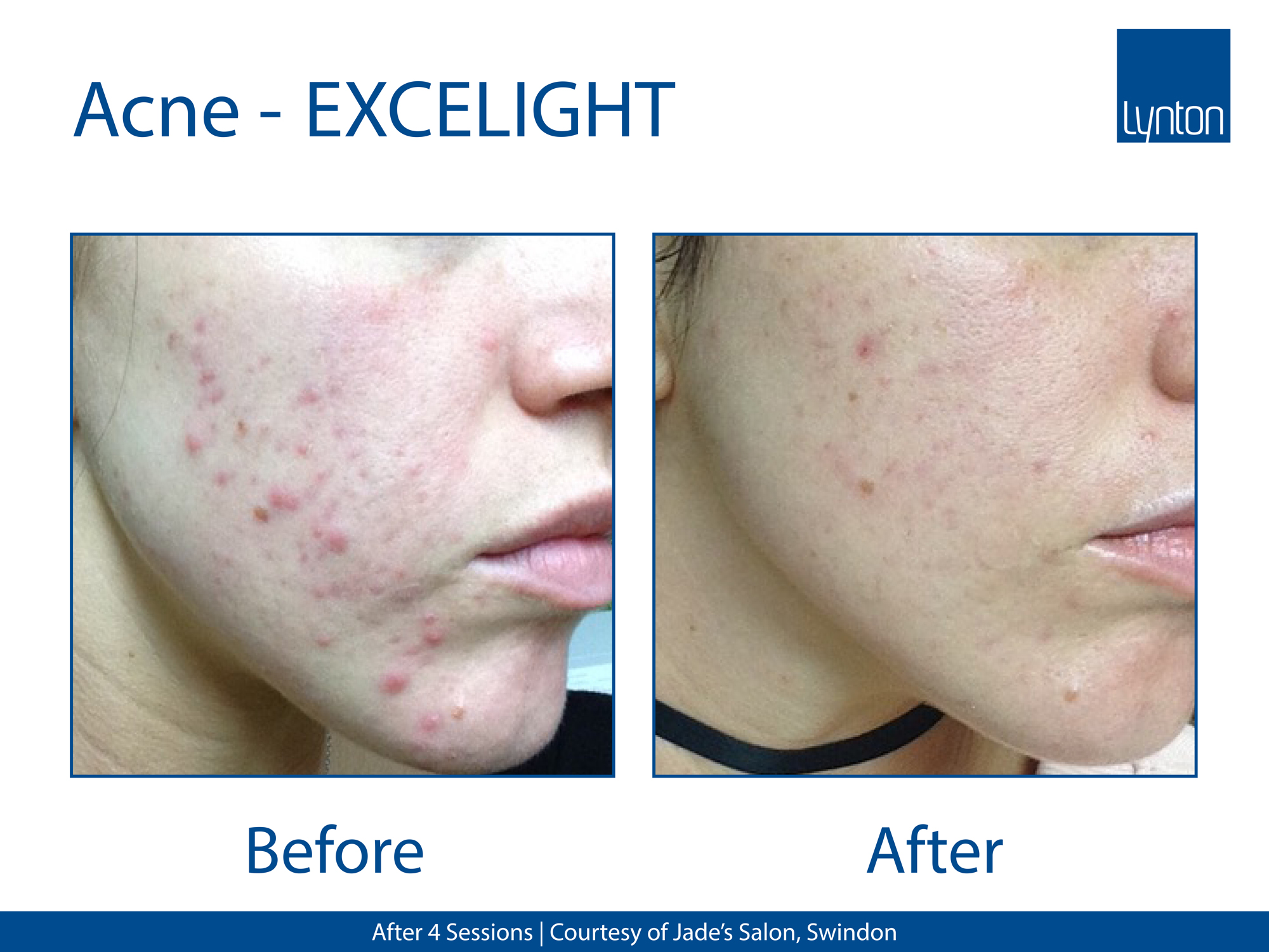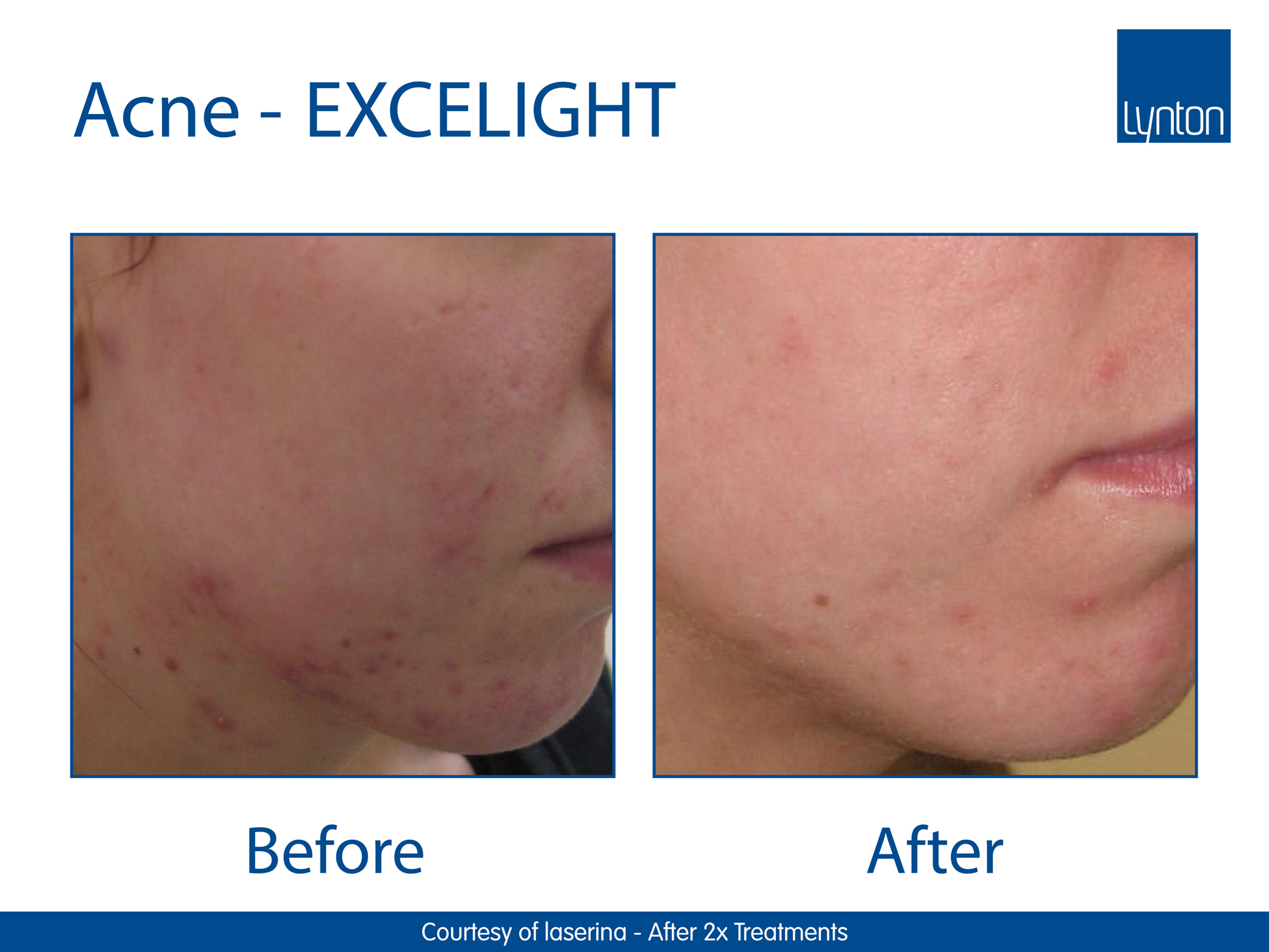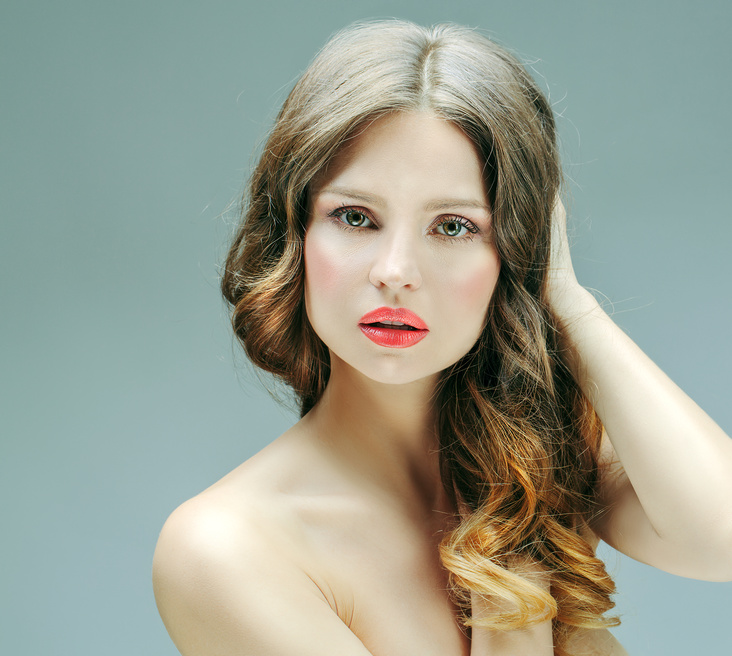IPL FOR ACNE AT DANIELS OF WETHERBY
You don’t have to let acne affect your confidence!
At Daniels of Wetherby, we offer a range of successful acne treatments to leave your skin clear and blemish free. Acne can be effectively treated with Intense Pulsed Light alone or in combination with other clinical treatments. Intense Pulsed Light treatments greatly reduce the number and severity of active lesions, lessening the inflammation and frequency of break-outs.
Why Choose Daniels of Wetherby?
Daniels of Wetherby uses unrivalled, specialist equipment supplied by the UK’s No.1 manufacturer – Lynton Lasers. Our new EXCELIGHT IPL provides optimum results for all clients, utilising a mix of state of the art technologies.
All of our team have received in-depth, comprehensive training, covering the key fundamentals of laser & IPL, and most importantly: how to achieve highly clinically effective results, whist keeping our clients safety as the primary objective.
WHAT CAUSES ACNE?
Influence #1: Hormones
For the majority of acne sufferers, outbreaks begin at puberty because the body begins to produce hormones called androgens. These hormones cause the sebaceous glands to enlarge, which is a natural part of the body’s development but for acne sufferers these glands are over stimulated. Androgens are also responsible for acne flare-ups associated with the menstrual cycle and, on occasion, pregnancy.
Influence #2: Oily Skin
- When the sebaceous gland is stimulated by androgens, it produces extra sebum (oil). Sebum mixes with common skin bacteria and dead skin cells that have been shed from the lining of the follicle. While this process is normal, the presence of extra sebum in the follicle increases the chances of clogging and can cause acne. Stress levels have also affected sebum production and can increase severity of acne.
Influence 3: Bacteria
- The bacterium Propionibacterium acnes, (P. acnes for short) is present on all skins and is part of the skin’s natural sebum maintenance system. Once a follicle is plugged, P. acnes bacteria multiply rapidly, creating the chemical reaction we know as inflammation in the follicle and surrounding skin.
Influence 4: Inflammation
When you are exposed to unwanted bacteria your immune system sends in an army of white blood cells to attack. This is why pimples can be red, swollen and painful. The inflammatory response is different for everyone, but studies have shown that it is especially strong in adult women. Fortunately, you have options! There are many kinds of acne treatments available. Like you, acne is highly individual and response to treatments does vary from person to person. Often several treatments are recommended in combination. We offer an extensive range of acne treatments and will advise on the most suitable procedure for you and your skin.
BEFORE & AFTER CASE STUDIES


FREQUENTLY ASKED QUESTIONS
How does light assisted hair removal work?
Light is selectively absorbed by melanin, the pigment in the hair follicle. The light energy heats the pigment and effectively destroys the hair follicle without damaging the surrounding cells.
How is treatment carried out?
The Intense Pulsed Light is placed on the skin and a short pulse of light is released, which targets many follicles simultaneously. The applicator is then moved to the neighbouring area of skin and the process is repeated until the entire area is treated.
Am I suitable for treatment?
Most people are suitable for treatment. Best results are often achieved with clients who have fair skin and dark hair. Dark hair is more easily treated as it has a high concentration of melanin. Fair hair however, contains less melanin and is harder to treat. We recommend a consultation with your clinician to ascertain if the treatment will be successful for you. Grey/white hair has no melanin so is not suitable for treatment.
How does the treatment feel?
Treatment sensation varies but is often described as “a flick of an elastic band”. Typically no anaesthesia is required and most clients describe the discomfort as moderate and tolerable.
What will I see after the treatment?
The hair follicles are damaged by heat but the hairs remain in the follicles. The dead hairs shed after 1 – 3 weeks as the epidermis renews. During this period the hairs will seem to ‘grow’ as they are pushed out by the new epidermis.
Are there any side effects?
The skin may be red immediately after treatment and the hair follicles may be swollen and bumpy but this usually subsides within a few hours. Adverse reactions are rare but may include a small blister or temporary lightening or darkening of the skin.
How many treatments are necessary?
Only hair that is actively growing is affected, therefore multiple treatments are needed. Treatment is conducted every 4 – 8 weeks, depending on the area treated, until a satisfactory result is seen. The required number of treatments varies, but typically 6 or more treatments are needed for optimum results.
How long does each treatment take?
Treatments can take as little as 10 minutes to an hour, depending on the size of the treatment area.
Consultation Procedure
Prior to treatment, a consultation is conducted in which a medical history is taken to confirm suitability for treatment, there is also an opportunity for any questions you may have to be answered. Before treatment commences you must provide written consent and a small test patch will be carried out.

